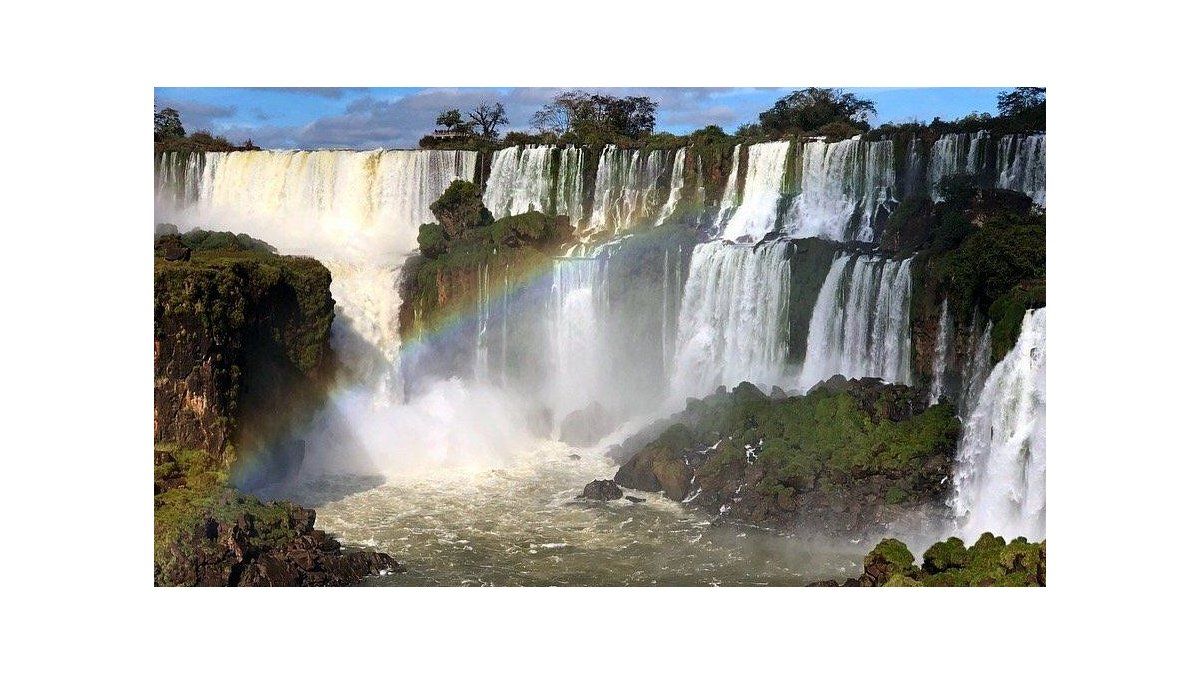In Chicago he met civil rights activist Martin Luther King Jr., who later praised the monk as an “apostle of peace and nonviolence”. Thich Nhat Hanh, who wrote more than 100 books in his long life, has died in his homeland at the age of 95. “Thay peacefully turned into a cloud,” his organization Plum Village quoted Sister Dinh Ngiem as saying, who was caring for him in Hue, Vietnam. He died at midnight (local time).


King’s admiration for the Vietnamese went so far that he proposed him in a letter for the 1967 Nobel Peace Prize. “I personally know of no one more worthy (of the award) than this gentle monk from Vietnam. His ideas for peace, if implemented, would create a monument to ecumenism, worldwide brotherhood and humanity,” the letter said . But that was not to be the case: in both 1966 and 1967, the renowned award was ultimately not awarded.
Thich Nhat Hanh had also asked Pope Paul VI. and American leaders for an end to the war and left a lot of impression. However, Vietnam declared him an undesirable person in the late 1960s. His books were banned and the famous intellectual had to remain in exile for almost four decades. It was only in 2005 that he returned to the country on the Mekong, where he entered a monastery at the age of 16 and was ordained a monk seven years later. All his life he was to work for non-violent conflict resolution.
Long time in exile
During his exile he spent a lot of time in France, where he founded the famous “Plum Village”, a Buddhist meditation center, near Bordeaux in 1982. Since then, thousands of people from all parts of the world have taken part in the retreats in the center every year. In Germany, Thich Nhat Hanh founded the “European Institute for Applied Buddhism” (EIAB) in Waldbröl in 2008. His lectures in Europe and the USA attracted countless followers.
The art of presence, compassion for all living things and living happily in the present moment were his themes, which he often lectured on with a mischievous smile. When Thich Nhat Hanh ate he ate, when he drank he drank, when he walked he walked. Mindful, in every moment, focused on the now and on being in the moment. So easy. And yet as complicated as many of his students know.
“Aura of Silence”
The New York Times once described him as “a short, slender man who possesses an aura of stillness and a focus that attracts attention.” His message was always formulated extremely clearly and precisely, according to the newspaper. Thich Nhat Hanh explained in a practical way how a happy life can succeed, but at the same time dealt with the fact of human suffering and feelings such as anger and fear.
He was happy to use lotus flowers as a comparison: “We try to turn suffering into good. The lotus flower also needs mud to thrive. It doesn’t grow on marble,” he emphasized. “You must realize that there is a close connection between suffering and happiness. If you run away from suffering, you cannot find happiness.”
In 2017, an acclaimed documentary, Walk with Me, about Thich Nhat Hanh’s peaceful world of mindfulness was released. British actor Benedict Cumberbatch (“12 Years a Slave”) acted as narrator. The filmmakers had previously followed the monk’s community for several years.
Around 30 of his works, which have been translated into numerous languages, have also been published in German. “Whether this is a happy moment does not depend on the moment, but on our point of view,” it says. And: “I wake up and smile. Twenty-four new hours lie ahead of me. I vow to live every moment consciously and to look at all beings with eyes of compassion.” Thich Nhat Hanh pleaded for a “committed Buddhism”: According to this teaching, meditative experiences should be combined with an active commitment to the environment, fellow human beings and all beings.
After suffering a stroke in 2014, Thich Nhat Hanh largely retired. At the end of 2018 he returned to Vietnam. He told his students that he wanted to stay at Tu Hieu Monastery in the central Vietnamese city of Hue, where he had once been ordained as a monk, “until the day this body dissolves into its component parts.” In a poem he once wrote: “This body is not me, I am not bound to this body, I am life without limits. (…) So smile at me, take my hand and wave goodbye.”
Source: Nachrichten




